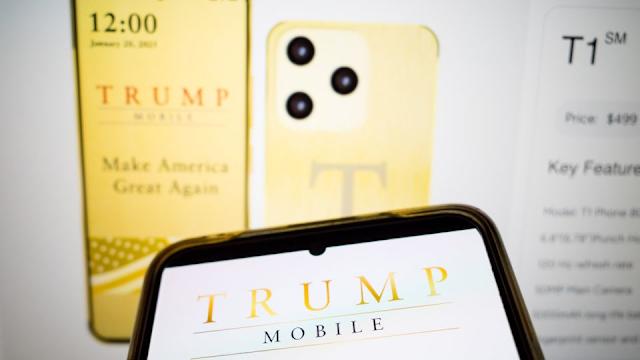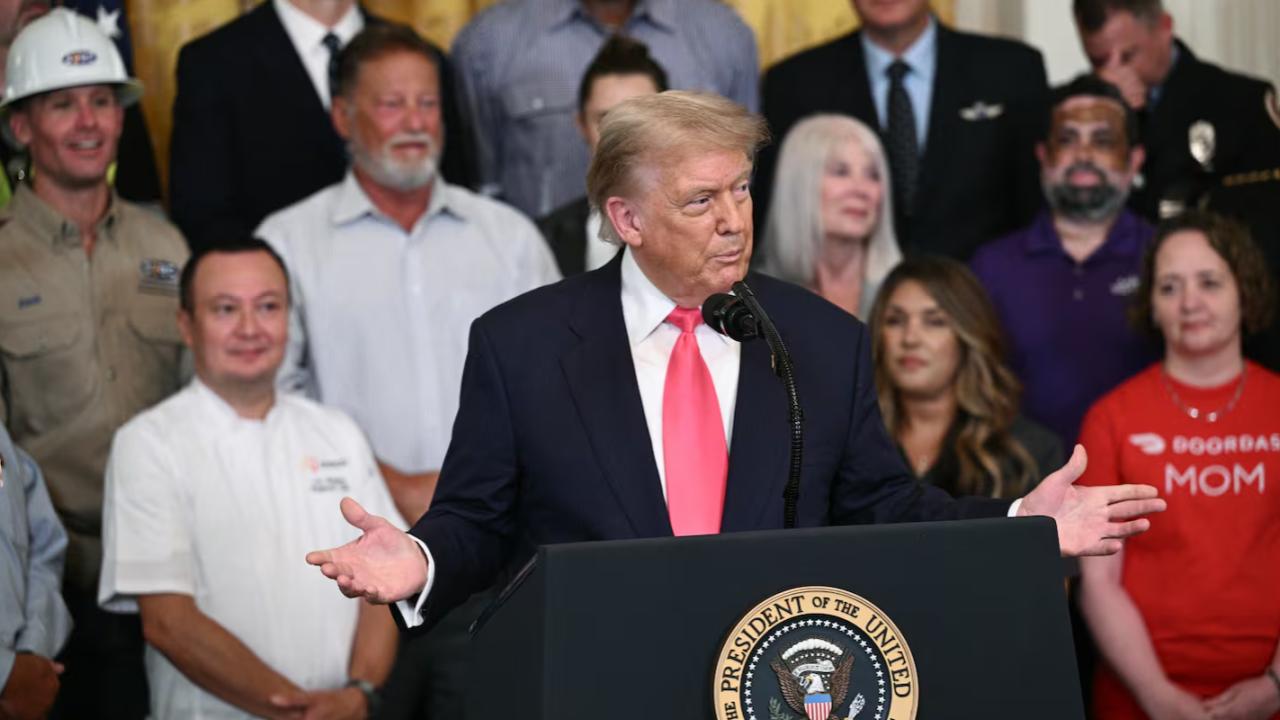Back in 2017, former President Donald Trump made a bold claim to American voters: that his administration would usher in the era of the “Made in America” smartphone. At the time, it seemed like an ambitious but achievable goal. After all, Trump had successfully championed the idea of bringing back manufacturing jobs to the U.S., promising to revitalize industries that had shifted overseas. But now, several years after that promise, the “Made in America” smartphone has quietly faded into the background. What happened to this once-promising initiative? Let’s dive into the details of what was promised, what was delivered, and the lessons we can take away.

Trump’s “Made in America” Smartphone Promise Silent Exit
| Takeaway | Stat/Fact |
|---|---|
| The promise of a U.S.-made smartphone was first touted in 2017. | “Made in America” smartphones were part of Trump’s broader manufacturing agenda. |
| Foxconn, a key player in Trump’s vision, fell short on its U.S. manufacturing promises. | Despite breaking ground on a $10 billion factory, Foxconn scaled back its U.S. manufacturing. |
| Most smartphones today remain manufactured overseas. | The global smartphone industry is still dominated by foreign factories. |
The promise of a “Made in America” smartphone may have faded into the background, but it’s not entirely for nothing. What’s clear is that reshoring manufacturing is no easy feat, especially for industries as complex and global as smartphones. While some efforts, like the CHIPS Act, show promise for future technological production in the U.S., we’re still a long way from the kind of mass production envisioned by Trump in 2017.
For now, the reality is that smartphones will continue to be produced overseas, and the dream of creating an entirely American-made smartphone seems unlikely to be realized anytime soon. However, the larger conversation about reshoring manufacturing and improving U.S. technological capabilities is one that will continue to unfold in the years to come.
The 2017 Promise: Trump’s Bold Vision
In 2017, as part of his broader “America First” agenda, President Trump promised that his administration would encourage companies to bring their manufacturing operations back to the United States. Central to this effort was the idea of American-made smartphones. The vision seemed clear: U.S. workers would build smartphones right here on American soil, potentially creating thousands of jobs in the process.
Trump’s push was particularly tied to Taiwanese electronics manufacturer Foxconn, which announced a massive investment in a factory located in Wisconsin. This factory was touted as the place where future U.S.-made smartphones would be assembled. The plan promised a significant boost to the U.S. manufacturing sector, alongside an injection of new jobs and opportunities in areas struggling with unemployment.
Foxconn’s Role: High Hopes, Low Returns
Foxconn, the company behind Apple’s iPhones, was central to the plan. When the deal was first struck, Foxconn’s CEO, Terry Gou, promised the creation of up to 13,000 jobs in Wisconsin. Trump’s administration celebrated this as a victory, one that would signal a new chapter for U.S. manufacturing.
But in the years since, reality didn’t match expectations. While Foxconn did break ground on a $10 billion factory, the production scale of the facility was significantly reduced. Instead of assembling smartphones as originally planned, the company shifted its focus to producing displays and other electronic components. This shift led to fewer jobs and limited production within the U.S.
In 2020, reports surfaced that Foxconn had quietly scrapped its ambitious plans for mass smartphone assembly in the U.S., citing economic and logistical challenges. These setbacks were a blow to Trump’s vision of bringing high-tech manufacturing back to the U.S. in a meaningful way.

Why Did It Fail?
The failure of the “Made in America” smartphone dream can be attributed to several factors.
- Global Supply Chains: The global nature of the smartphone industry made the shift to U.S. manufacturing harder than anticipated. Major smartphone brands rely on an intricate web of suppliers and factories across Asia, particularly China, South Korea, and Japan. Shifting this network to the U.S. would have meant overcoming significant logistical hurdles, including higher labor costs and supply chain inefficiencies.
- Costs and Infrastructure: Manufacturing a smartphone in the U.S. is far more expensive than in countries like China. Labor costs in the U.S. are higher, and the infrastructure to support large-scale manufacturing of electronics simply wasn’t in place. It turns out that competing on a global scale with other countries’ established factories would require more than just promises—it would need a substantial overhaul of U.S. manufacturing capabilities.
- Lack of Support from Tech Giants: Despite Foxconn’s efforts, major tech companies like Apple were not fully on board with the idea. Moving production out of China would have disrupted Apple’s highly optimized supply chain, affecting costs and timelines. Apple, along with other tech giants, continued to rely on overseas production despite the political pressure to “buy American.”
The Current State of U.S. Smartphone Manufacturing
So, where does that leave the idea of “Made in America” smartphones today?
The truth is, it’s not happening—at least not on the scale that was promised. As of 2025, the overwhelming majority of smartphones sold in the U.S. are still manufactured overseas. Brands like Apple, Samsung, and Google continue to rely on factories in China, South Korea, and Vietnam to produce their devices. While there have been some moves toward diversifying production in response to geopolitical tensions and the pandemic, these efforts have been relatively small and limited to certain components rather than complete devices.
Apple, for example, has made some moves to shift production outside of China, notably to India and Vietnam. But even then, these facilities primarily handle assembly, with much of the manufacturing still taking place in Asia. The company’s flagship iPhone models are still mostly assembled in Chinese factories.
The Broader Picture: Is There Hope for U.S. Manufacturing?
While the “Made in America” smartphone may be an unrealized dream, the broader push for reshoring manufacturing remains an important issue. Over the past few years, there have been notable efforts by both the government and private companies to bring back more manufacturing jobs to the U.S.
In 2021, President Joe Biden signed the CHIPS Act, aimed at incentivizing semiconductor manufacturing in the U.S. As part of this initiative, the government is providing billions of dollars in subsidies to encourage semiconductor manufacturers to build new plants in the U.S. This is important because semiconductors are a key component of smartphones, and the success of this initiative could ultimately lead to more production of smartphone-related technologies within U.S. borders.
However, creating a fully U.S.-based smartphone manufacturing sector still seems far from feasible, given the challenges of labor costs, supply chains, and technological dependencies.






